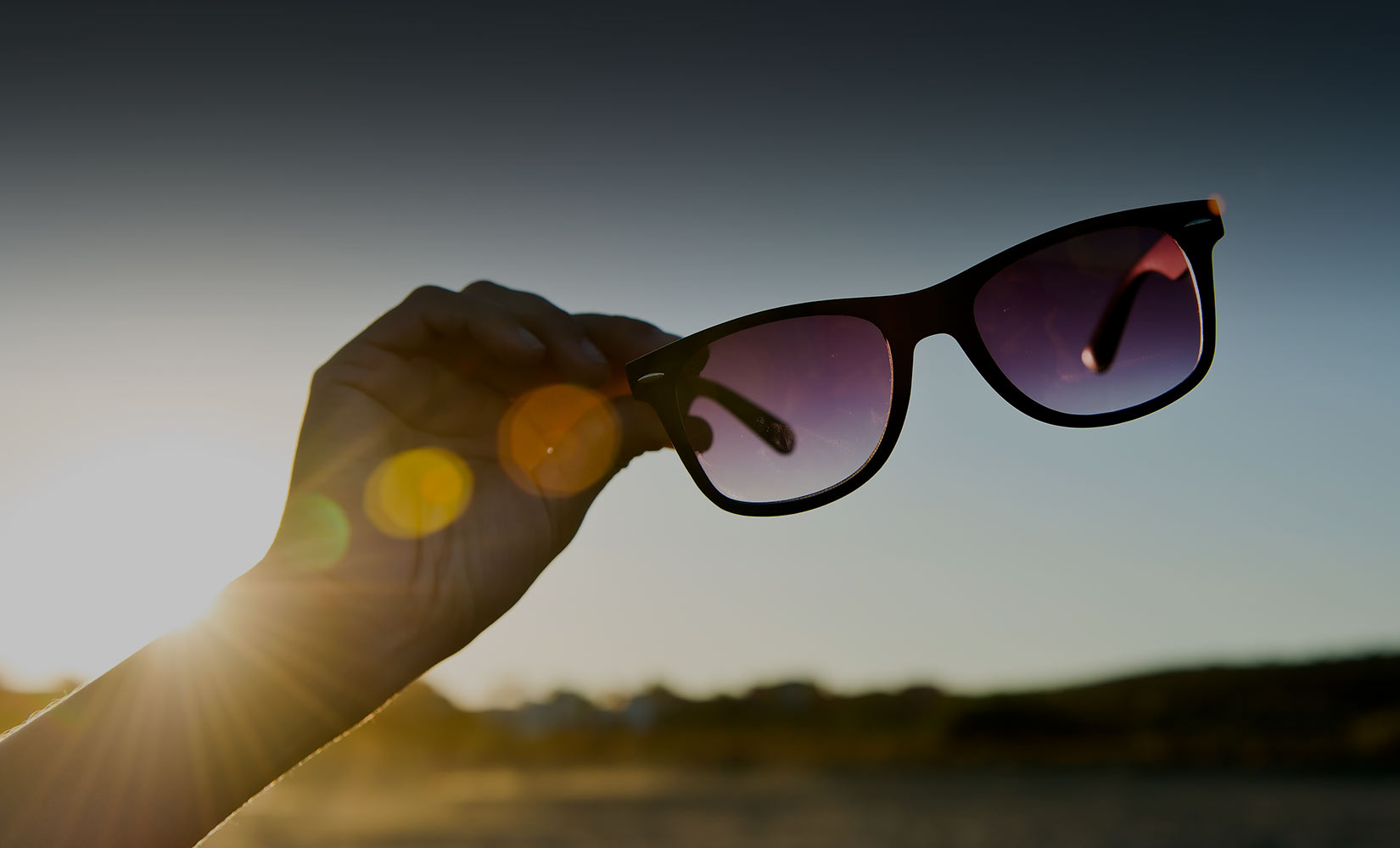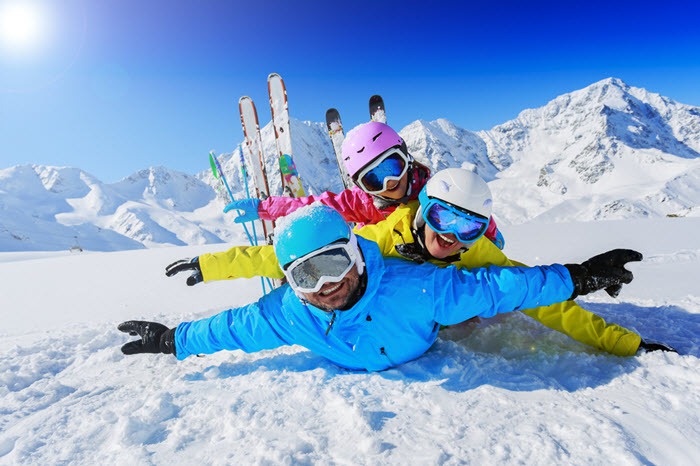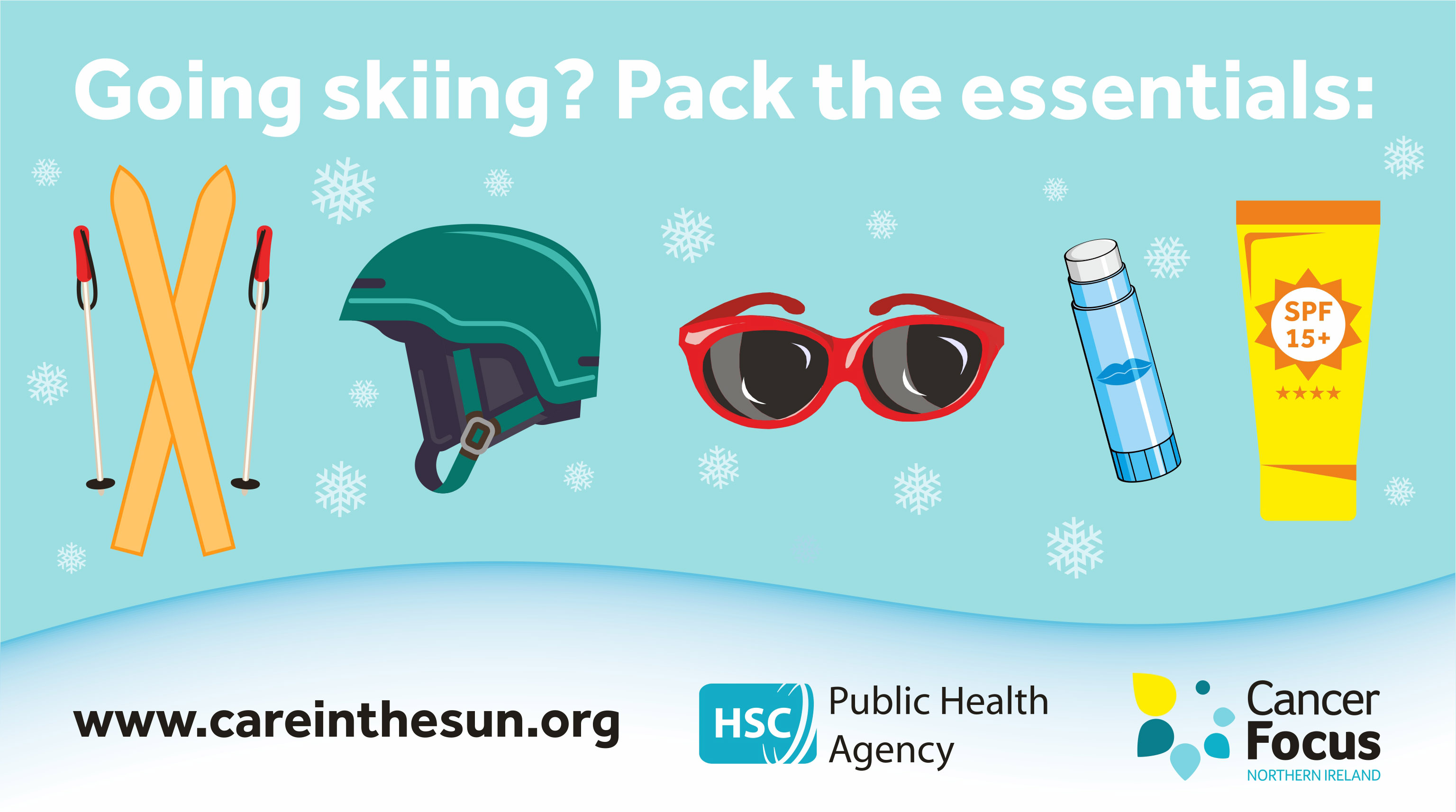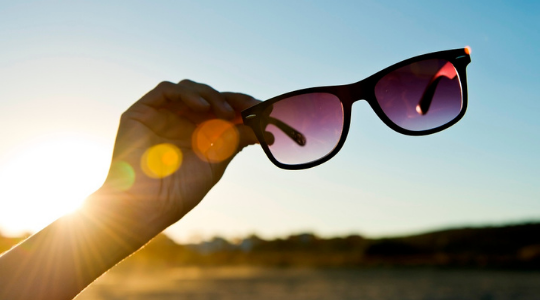
Sun Protection
Sun Protection in the Snow

Sunburn can be extremely painful and can definitely ruin a holiday in the snow. Even though temperatures may be extremely cold, the potential for sunburn can be high.
The risk of sunburn is much greater in mountainous regions than at sea level because the atmosphere is thinner and less pollution is present to filter out ultraviolet (UV) radiation. Snow can reflect almost 90% of UV radiation so UV rays are much more likely to burn areas such as your chin and nose.
While sunburn is initially painful and uncomfortable it can also cause long term damage such as wrinkling, blotchiness, premature ageing and skin cancer.

Sunscreen
Apply sunscreen, SPF 30 or higher and 4 star rating or more, 30 minutes before you go out into the sun (always read the directions) and make sure all areas are covered, including your neck, face, ears and under your chin.
Carry a small tube of sunscreen with you and reapply frequently. Water resistant sunscreen is best if you are active. The cold conditions and high levels of UV radiation can lead to dry, cracked and sunburnt lips. To avoid damage from UV radiation, use a lip balm with a SPF of 30+.
Eye protection
Eyes constantly need protection from UV rays reflected from the snow. Snow blindness or damage to the eye’s cornea can occur after exposure to high levels of UV radiation. Over-exposure to UV radiation has also been linked to cataracts and other eye conditions. Always wear safety-approved eye wear, look for a British Standard mark or European safety standard mark and read the customer information label. Wrap-around sunglasses or tinted ski-goggles are the best at ensuring that no glare filters in at the bottom or sides.
Hats
Wear a woollen or fleece beanie that you can pull down over the ears and protect your neck with a scarf or high-collared jumper. On warmer days wear a lighter hat with sunscreen, sunglasses and lip protection. When skiing, wear both a beanie hat and a helmet.
Clothing
The cold temperatures on snow holidays mean that everyone usually wears clothes that covers arms and legs, including high collars and gloves but in spring temperatures can become quite warm. Don’t make the mistake of exposing your skin and getting burnt – always wear long-sleeved tops and trousers.

CARE IN THE SUN
RISK FACTORS
Anyone can develop skin cancer, whatever their skin colour. However, certain skin types are more at risk from the effects of UV radiation than others.
SKIN PROTECTION
Too much ultraviolet (UV) light, either from natural sunlight or from artificial sources such as sunbeds, is the main cause of 80% of skin cancers.
SUNBEDS
Sunbeds, tanning booths and sun lamps give out ultraviolet (UV) rays that can damage your skin and can make it look wrinkled, older or leathery.

